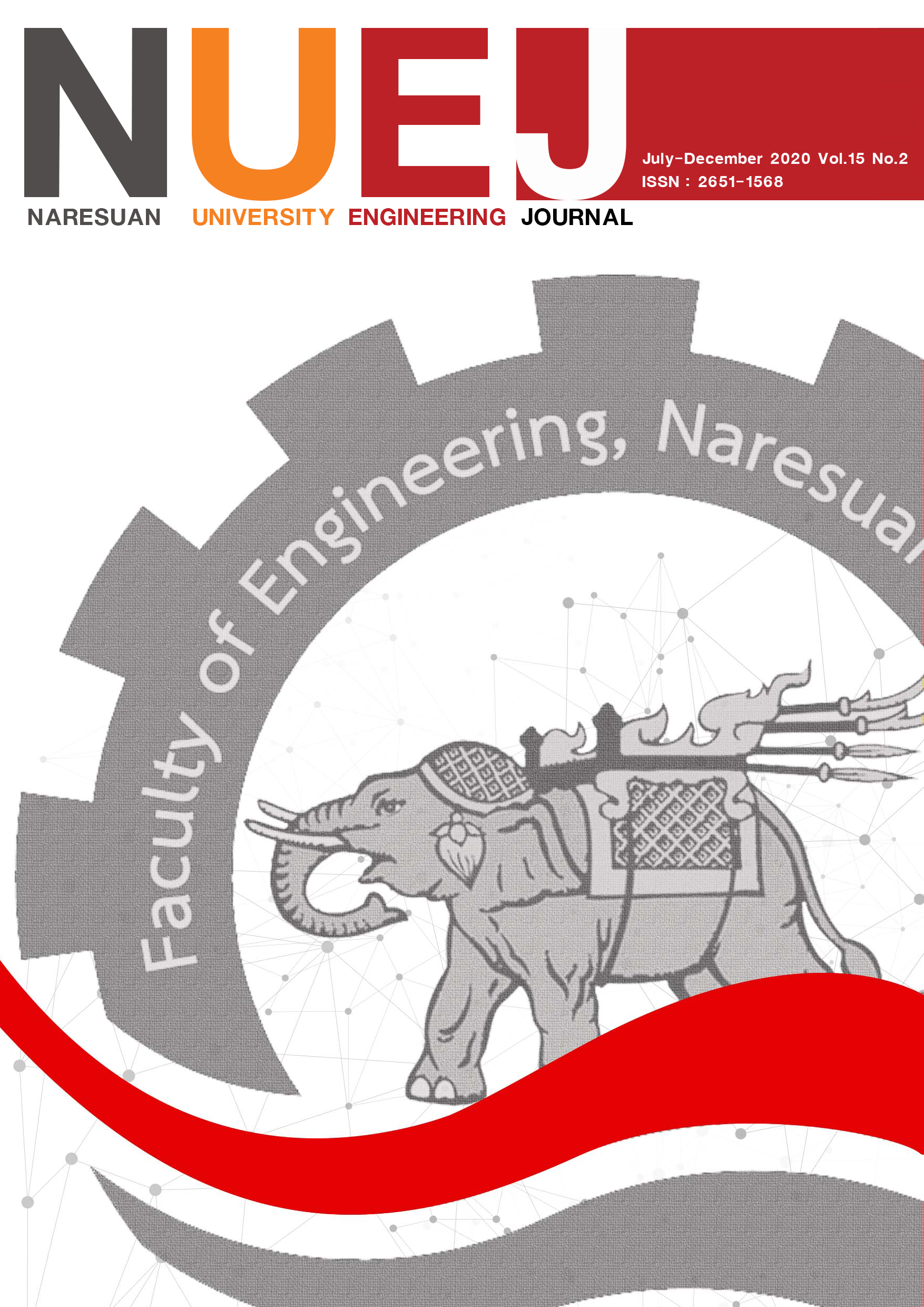Development of Prototype for Monitoring the Railway Ballast Behavior
Main Article Content
Abstract
The analysis and evaluation of ballast behavior, in the past, were relied upon the estimation of stress and strain of a material through a numerical method of empirical formulas. By doing this, a scientific link between real material behavior and calculated results did not exist. Consequently, in-field monitoring systems were established to evaluate such ballast behavior based on the electrical and wire measurement technologies. However, for the long-term performance of the rail ballast track, data collection and transmission of the in-field monitoring system following such wire technologies were not precise and persistent due to the degree of freedom of installed measuring devices was incompatible with ballast movement characteristics under the in-service train conditions. This study aimed to create a single unit of the measuring device with a sensor system following the wireless technologies capable of capturing the stress and the movement of the ballast under the in-service rail condition. Study findings showed that such a single unit of the wireless measuring device could be functionally fabricated using a steel frame with a flexible cover. The wireless sensor system of flex sensor (RP-S40-ST) for the stress measurement and the gyro sensor (GY-521 MU6050) for the movement measurement was set up inside a fabricated unit. The data processing system relied on the microcontroller of Wemos D1 mini. This single unit of the measuring device with a wireless sensor system could be used functionally to measure the stress and the movement as expected.
Article Details
References
Blanc, J., Hornych, P., Duong, N. S., Blanchard, J.-Y., & Nicollet, P. (2017). Monitoring of an experimental motorway section. Road Materials and Pavement Design, 20(1), 74-89. https://doi.org/10.1080/14680629.2017.1374997
Boonsue, J. (2011). Basic Knowledge of Rail Engineering. Phangthai Part.
Duong, N. S., Blanc, J., & Hornych, P. (2016). Instrumentation of an Innovative Pavement Section on Motorway A10. In J. Aguiar-Moya, A. Vargas-Nordcbeck, F. Leiva-Villacorta, & L. Loría-Salazar (Eds.), The Roles of Accelerated Pavement Testing in Pavement Sustainability (pp. 701-714). Springer, Cham. https://doi.org/10.1007/978-3-319-42797-3_46
Stith, J. C. (2004). Pressure Measurements in Railroad Trackbeds at the Rail/Tie Interface Using Tekscan Sensors (Corpus ID: 53496627) [Master’s thesis]. Semantic Scholar.
Unland, G., & A-Khasawneh, Y. (2009). The influence of particle shape on prmeters of impact crushing. Minerals Engineering, 22(3), 220-228. https://doi.org/10.1016/j.mineng.2008.08.008
Zhang, X., Zhao, C., & Zhai, W. (2019). Importance of load frequency in applying cyclic loads to investigate ballast deformation under high-speed train loads. Soil Dynamics and Earthquake Engineering, 120, 28-38. https://doi.org/10.1016/j.soildyn.2019.01.023


